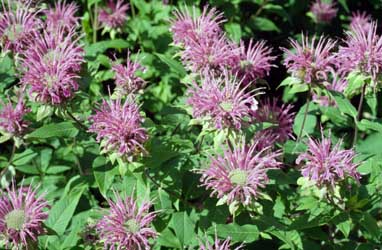
This course provides a solid introduction to the safe use of aromatherapy essential oils
Who should do this course?
- Anyone interested in producing or using scented oils
- Massage Therapists
- Allied health or Complimentary medicine support staff/assistants
- Sales & marketing staff who market scented oil products (oils, soaps, perfumes etc)
- Herb growers and oil manufacturers
By itself it does not make you a fully professional aromatherapist (as that would involve a much longer course); but it does provide a sound starting point upon which you can build further and more in depth knowledge